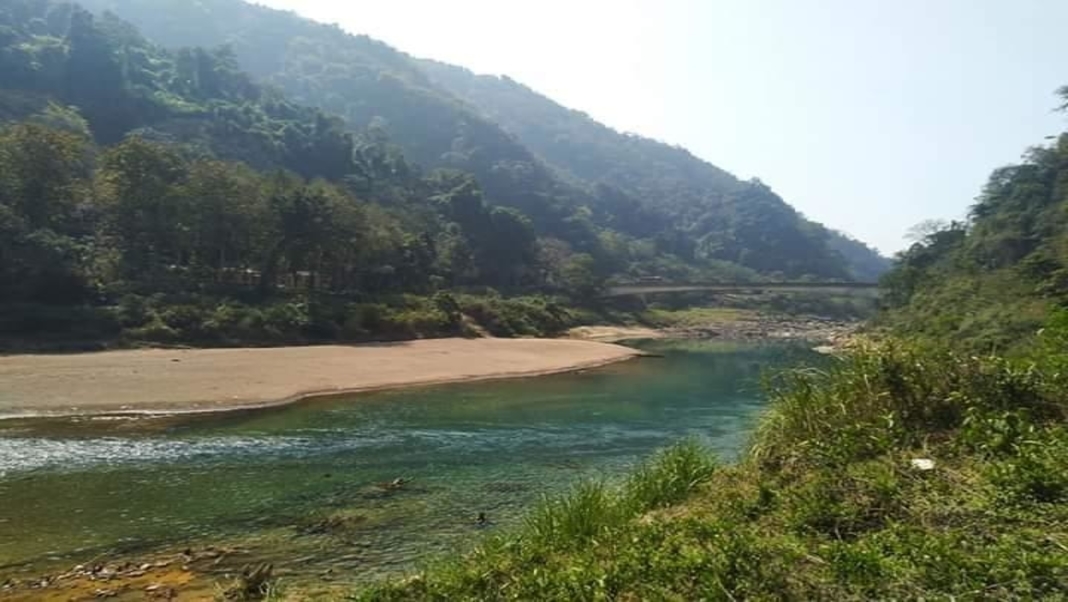Shillong, Dec 9: Wah Lukha, one among the finest tourist attractions in East Jaintia Hills, has witnessed a transformation, overnight.
For the first time in many years, the river has maintained its pristine beauty and color. Whether it is thanks to the ban on the rat-hole coal mining or this year’s pandemic that has shut down much of the state, this is the first time in over a decade that the water of the river hasn’t turned blue in color- something that has been destroying the aquatic life in it for years and proving a nightmare for villages along its banks whose inhabitants depend on it for drinking purposes.
The destruction of the Wah Lukha began with the changing of its color sometime in 2007. Strangely, it hasn’t done so, this year.
This has piqued the curiosity of locals as well as the Meghalaya State Pollution Control Board, the “guardians” against pollution.
Way back in February 2007, when the water turned blue for the first time, the state pollution board had carried out a detailed scientific study and its report cited “unscientific coal mining” as the reason behind the death of fishes.
Speaking to Hub News, Secretary of Hynriew Shnong Wah Lukha Association, Daiapherbha Lamare said that the river has not turned blue this year unlike previous years beginning from 2007, then in 2011, again in 2013 and 2016, and most recently in 2019.
“There are some years where it did not turn blue and there are some years where it changes colour. This year it has not”, he said. However, Lamare is unsure about the reason as to why the river did change color this time.
According to him, the river turned blue due to the presence of acidic elements mixed with limestone.
Wah Lukha is one of the important rivers situated in the Narpuh Elaka in East Jaintia Hills and people earn their livelihood from the river. About 130 kms from Shillong it is a major tourist attraction.
It passes through the villages of Khaddum, Brichyrnot, Sakhri, Lum Tongseng, Sonapyrdi, Shymplong, Kuliang, Borsora and finally makes its way into Bangladesh.
Lamare speaks about the once thriving marine life in the Wah Lukha. The abundance of fish has contributed to the livelihood of the villages for generations with 60 per cent of the residents of the village and its adjoining areas making a living from selling fish.
He says fish from the river could be sold for as much as Rs 400 a kg to the residents and the people in the adjoining villages.
As a tourist attraction, he strongly believes the village will open up to tourists with all probably only after the new year.
“The Wah Lukha is a tourists’ attraction. The tourists will come only in the winter season. We will allow tourists but they will need to adhere to strict protocols and SOPs issued by the state government”, said Lamare.
Rejuvenation of Wah Lukha
Plagued with pollution over the years, the rejuvenation activity of Wah Lukha is soon to begin following an expert consultant Trinity Impex International having been approached for the major project.
The consultant will use algae to clean the river, Lamare said. “They will most probably come to the site by next week”, he added.
He mentioned that the office of the Chief Engineer, Water Resources Department on November 30 has invited bids which would need to be submitted in the e-procurement portal for procurement of equipment and chemicals for “study of water quality of rivers in East Jaintia Hills District with specified study on change of colour of Lunar-Lukha river at certain periods of the year”.



